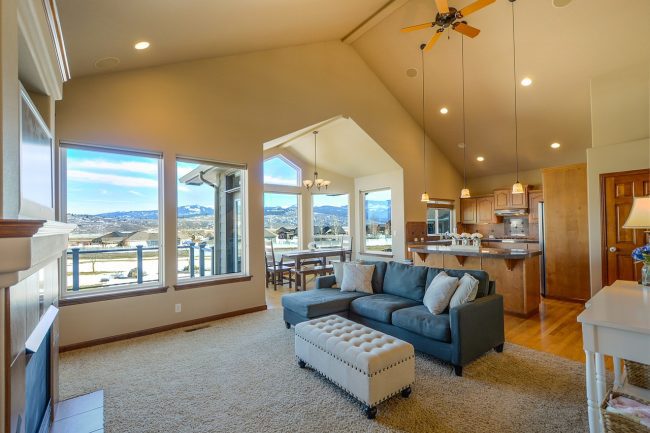
It is so important to try and get the temperature just right in your home as it is really frustrating when you find that no matter what you do with the dial it is either too hot or too cold.
It never pays to play a guessing game with the size and the number of air conditioning units that you really need for the size of the space you are living in and you don’t have to, as there a couple ways to work out just the right size, type, and number of AC units needed.
Here are some tips to guide you towards making the right calculations, including why size matters, some of the technical jargon explained, plus other factors to consider before choosing your AC unit. If you want to get a new air cooler, then visit crompton.co.in.
Size really does matter
If you are looking around for a window air conditioning unit for an apartment, for example, it is not a case of finding the one that fits your budget and seems to fit the bill, as you could end up regretting not making some informed calculations when your AC unit fails to give you what you want.
There are a number of different factors that you definitely need to take into consideration if you want to end up with the right size unit and performance for the space it is being asked to cover.
A common mistake made by buyers is to assume that the square footage of their home should be a good guide to the size of unit required. It helps to know this information but in order to get the right level of cooling, you need to know the total volume of your home’s living space and not just the square footage.
It can also make a meaningful difference to your calculations if you have walls that are exposed to the sun and how many windows there are that face south.
The age of your property and how well insulated it is will also be factors that can influence the performance of your AC unit, so you can see that size really does matter as an oversized unit will end up over-cooling your property and an undersized system will not be able to cool your home as effectively as you want.
Tons of cooling capacity
That’s what you want of course, but actually, TON is a measurement system for air conditioning units and they are rated in tons of cooling capacity.
Just to add to the confusion, you could find two AC units that are offering the same tonnage rating but they could end up performing quite differently from each other because of their energy efficiency ratio, which is shown as a SEER (Seasonal Energy Efficiency Ratio) rating.
The ideal scenario is to find an AC unit that offers the best SEER rating you can find for your budget, as that means it will cost you less to run. So focus on the TON to ensure it is up to the job you need it for but also pay attention to the SEER rating so that you know that your cooling system won’t be costing you more than it should.
If you are confused by TON and SEER ratings, you should be able to get some professional guidance on this subject from your chosen installer.
Different units for different rooms
Just as room sizes will vary within your property your cooling requirements will also be subject to variances.
You might want a unit that scores well for quietness and general comfort when choosing something suitable for a room like a bedroom or an office, where you don’t want to hear an AC unit doing its job if you can help it, as it could disturb your sleep or work concentration levels.
If you have a room that is likely to be busier than some of the others, like a playroom where the kids hang out a lot of the time, you will probably be looking at a mid-size unit that is powerful enough to cope with the demands of cooling a room that is more heavily populated or larger in size.
If you have a family room or living room that you are trying to cool, you will often likely end up with a larger AC unit, especially if you are living in an open-plan environment that covers a fair amount of space.
If you are looking for a general guide on which AC unit would be most suited to your home, remember that an AC unit will normally need to have a cooling capacity of 20 BTU for each square foot of living space.
That is your starting point and then you have to make adjustments based on the factors already mentioned in order to end up with an AC unit that has the best chance of delivering the right amount of cool air you are looking for.



